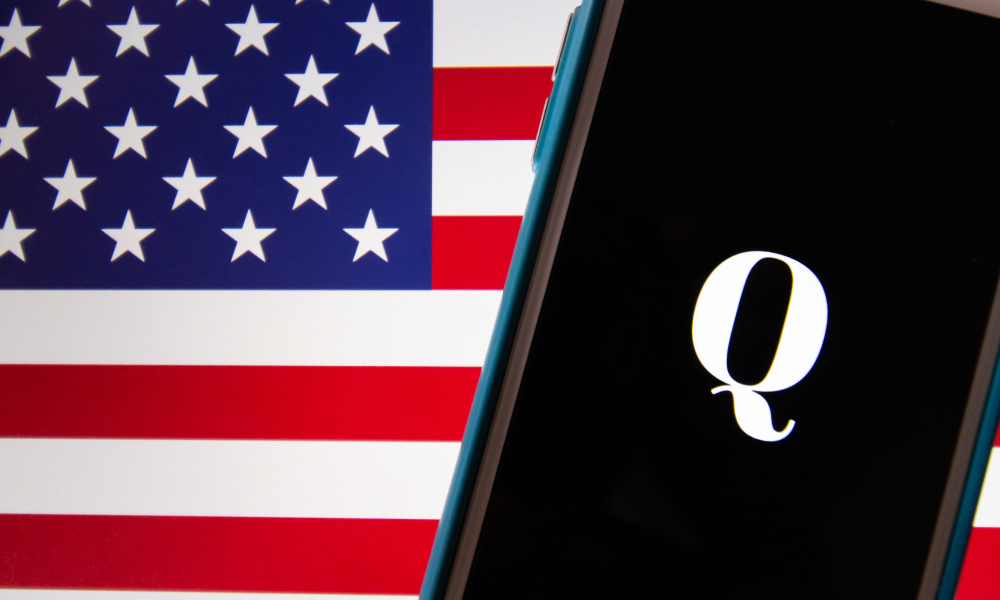'The net effect of it being more equal is that it also tends to make pay-for-performance to be more difficult'

Many governments are pushing — and in some cases legislating — for more organizations to enact some level of pay transparency in order to eliminate such things as the gender pay gap.
And while this is obviously an honourable goal, a new study is showing that there are some unintended negative outcomes that may occur when pay transparency is realized.
That’s because an overall decrease in pay can happen at organizations who reveal salary structures, according to Todd Zenger, the N. Eldon Tanner chair in strategy and strategic leadership at the University of Utah in Salt Lake City.
“The challenge or a neutral outcome of it is often it tends to cause pay to be more equal but it also tends to become more even; it just becomes flatter because now when there are differences that exist, you have to be able to objectively justify them.”
Zenger, along with Cédric Gutierrez of at Bocconi University in Milan, and Tomasz Obloj of Indiana University in Bloomington, Ind., authored the 43-page study that was published in January.
Overall, there are “unambiguous, positive things that pay transparency generates,” in eliminating inequity, according to Zenger.
“What that tends to do is quite effectively correct inequities of any type, including gender pay gap in organizations; it has a dramatic, positive effect on flushing those out and pushing the organization to correct them.”
One Toronto employer recently made salary bands open and heard nothing from praise from outside observers.
‘Double-edged sword’
But when it is in force in an organization, recognizing star employees becomes much more difficult.
“In some dimensions of pay are less easily objectively; lots of performance is about teamwork, and working in teams and difficult-to-observe subjective kinds of criteria and those become more difficult to be the basis for pay with pay transparency.
Learn the best practices for pay transparency here.
“It makes things more objective and more fair but it also precludes more subjective things, and for many organizations, subjective dimensions are really important,” says Zenger.
“The net effect of it being more equal is that it also tends to make pay-for-performance, especially if it’s along these subjective measures, to be more difficult.”
To illustrate this effect, Zenger and his coauthors used the example of professional hockey in North America.
“When pay became transparent in the NHL, and it once it revealed to the players that the majority of what’s driving pay is offensive statistics, everybody started focusing on offensive statistics, and defense in the league declined because that’s a team outcome. That’s the same dynamic that pay transparency does is it makes you be much more precise in allocating pay to what can you can objectively observe but if some things that you really care about, in this case defense, it’s much more of a team and cooperative [effort] and difficult to measure outcomes.”
“If in an organization that becomes more difficult to reward, and you end up having to flatten pay, it’s a bit of a double-edged sword.”
Effects on productivity
When it comes to productivity, the effect generally depends on individual factors for each employee and situation, he says.
“If they discover, for instance, that their organization is inequitable in the way it allocates pay, it tends to dampen productivity; if I discover it’s equitable, it tends to have a more beneficial impact on productivity. If I discover that I am being unfairly paid, I will reduce my productivity.”
For those employees who find out they are being overpaid, the opposite tends to happen, according to Zenger.
“It’ll actually cause me to increase my productivity perhaps to justify the pay that I’m receiving or recognizing that the only way I’m ever going to get another pay increase, given I’m already overpaid, is to really triple-down on effort.”
When actually undergoing a pay transparency process, it’s important to be as open and honest about what and why the organization is doing this, says Zenger.
“It doesn’t mean that everyone’s going to experience that and say, ‘Okay, this was fairly done’ or ‘It treated me fairly,’ but it at least maximizes the chances that you’ll be able to have people feel that pay is being fairly allocated, even though it’s being differentially allocated.
“At least being transparent about the process that you’re using, it’s important for people to feel that the outcomes that are being generated by that system are reasonable and fair. At least that’s your best hope,” he says.
Attracting new people
While the effect of pay transparency on attraction and retention hasn’t been studied extensively, according to Zenger, there are some clear messages to potential candidates: “This is an organization that is fair and open and is not discriminatory [and] there isn’t a gender pay gap. Obviously, this becomes a particularly inviting and attractive place to be an employee.”
Twice as many organizations disclosed wages in job postings in 2022, according to a survey.
But will the move toward more openness continue? Most likely, says Zenger.
“While full transparency is not something that’s been adopted by most corporations, it’s emerging despite that, by things such as Glassdoor and other things that are causing individuals to post their pay and share their pay levels and so people can basically calculate what the pay structure looks at an organization.”
“So I think it’s inevitable.”




